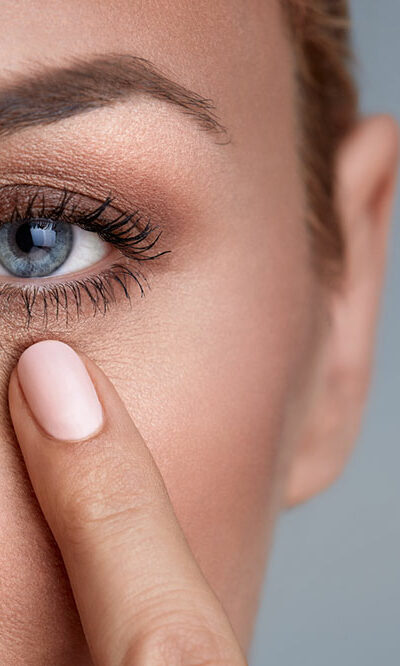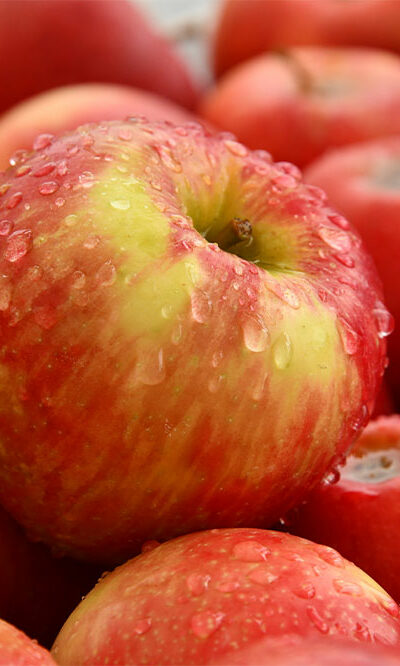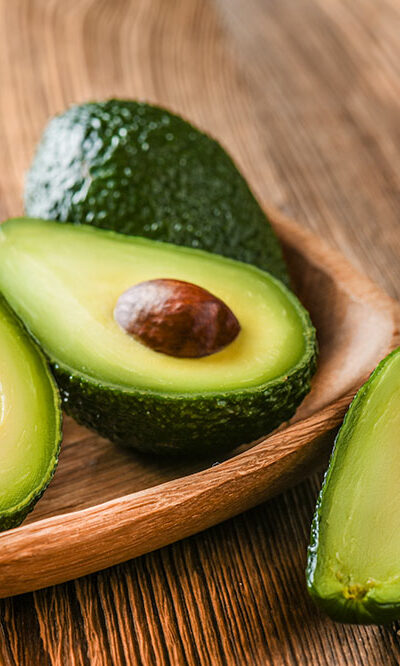
Healthy snack ideas for diabetics
Diabetes is an illness in which the sugar levels in the blood are either too high or too low. This condition can be managed with a strict meal plan that ensures the body’s insulin levels do not exceed the normal amount. However, the urge to snack can be random and unplanned. For such an occasion, here are some safe snacking options for those with diabetes who need healthy choices to satiate their food cravings. Guacamole All you need to make this yummy dip is fresh avocados, onions, tomatoes, some cilantro, lime, and salt to taste. One of the best ways to prep this is to use a mortar and pestle and grind these ingredients gently together. Avocados are known for their polyunsaturated fatty acids, which help keep insulin levels balanced. It also has vitamins and antioxidants, good for the body and skin. Guacamole makes for a great dip or even a spread on a slice of multigrain bread. Apple and peanut butter This is a nutritious and tasty snack that does not spike insulin levels in the body. It can simply be made at home! Just cut some slices of an apple and use homemade peanut butter (crunchy or smooth) as a dip. Both the ingredients have only natural sugars, which can be digested easily by the body. Edamame This is one of the easiest snack recipes. All you need are a handful or two of edamame. Boil, steam or stir fry them in just a bit of olive oil; a tablespoon or two would do. You can add some garlic or season it with salt and pepper. These can be munched on as a side snack while you’re working. The bioactive compounds in edamame are known to lower cholesterol levels in the body. Greek yogurt A healthy probiotic food, Greek yogurt can either be had as is or can also be added with some of your favorite fruits.










